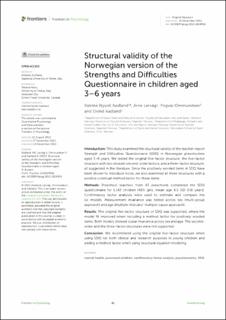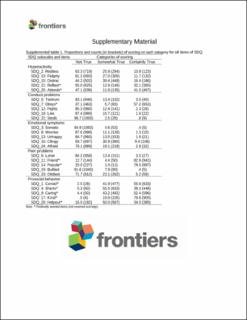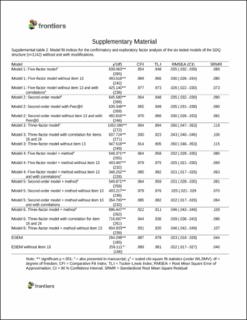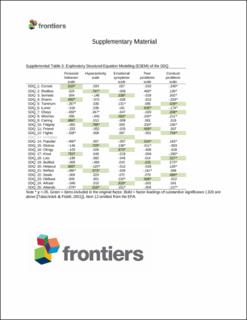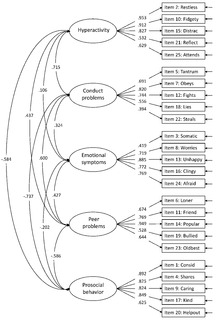| dc.contributor.author | Aadland, Katrine Nyvoll | |
| dc.contributor.author | Lervåg, Arne | |
| dc.contributor.author | Ommundsen, Yngvar | |
| dc.contributor.author | Aadland, Eivind | |
| dc.date.accessioned | 2023-03-02T08:46:46Z | |
| dc.date.available | 2023-03-02T08:46:46Z | |
| dc.date.created | 2022-12-21T09:13:59Z | |
| dc.date.issued | 2022 | |
| dc.identifier.citation | Frontiers in Psychology. 2022, 13, Artikkel 1024918. | en_US |
| dc.identifier.issn | 1664-1078 | |
| dc.identifier.uri | https://hdl.handle.net/11250/3055185 | |
| dc.description | This is an open-access article distributed under the terms of the Creative Commons Attribution License (CC BY). The use, distribution or reproduction in other forums is permitted, provided the original author(s) and the copyright owner(s) are credited and that the original publication in this journal is cited, in accordance with accepted academic practice. No use, distribution or reproduction is permitted which does not comply with these terms. | en_US |
| dc.description.abstract | Introduction: This study examined the structural validity of the teacher-report Strength and Difficulties Questionnaire (SDQ) in Norwegian preschoolers aged 3–6 years. We tested the original five-factor structure, the five-factor structure with two broader second-order factors, and a three-factor structure, all suggested in the literature. Since the positively worded items in SDQ have been shown to introduce noise, we also examined all three structures with a positive construal method factor for these items.
Methods: Preschool teachers from 43 preschools completed the SDQ questionnaire for 1,142 children [48% girls, mean age 4.3 (SD 0.9) years]. Confirmatory factor analyses were used to estimate and compare the six models. Measurement invariance was tested across sex (multi-group approach) and age (multiple-indicator multiple-cause approach).
Results: The original five-factor structure of SDQ was supported, where the model fit improved when including a method factor for positively worded items. Both models showed scalar invariance across sex and age. The second-order and the three-factor structures were not supported.
Conclusion: We recommend using the original five-factor structure when using SDQ for both clinical and research purposes in young children and adding a method factor when using structural equation modeling. | en_US |
| dc.language.iso | eng | en_US |
| dc.subject | confirmatory factor analysis | en_US |
| dc.subject | mental health | en_US |
| dc.subject | preschool children | en_US |
| dc.subject | psychometrics | en_US |
| dc.subject | SDQ | en_US |
| dc.title | Structural validity of the Norwegian version of the Strengths and Difficulties Questionnaire in children aged 3–6 years | en_US |
| dc.type | Peer reviewed | en_US |
| dc.type | Journal article | en_US |
| dc.description.version | publishedVersion | en_US |
| dc.rights.holder | © 2022 Aadland, Lervåg, Ommundsen and Aadland | en_US |
| dc.source.pagenumber | 15 | en_US |
| dc.source.volume | 13 | en_US |
| dc.source.journal | Frontiers in Psychology | en_US |
| dc.identifier.doi | 10.3389/fpsyg.2022.1024918 | |
| dc.identifier.cristin | 2096086 | |
| dc.description.localcode | Institutt for idrett og samfunnsvitenskap / Department of Sport and Social Sciences | en_US |
| dc.source.articlenumber | 1024918 | en_US |
| cristin.ispublished | true | |
| cristin.fulltext | original | |
| cristin.qualitycode | 1 | |
